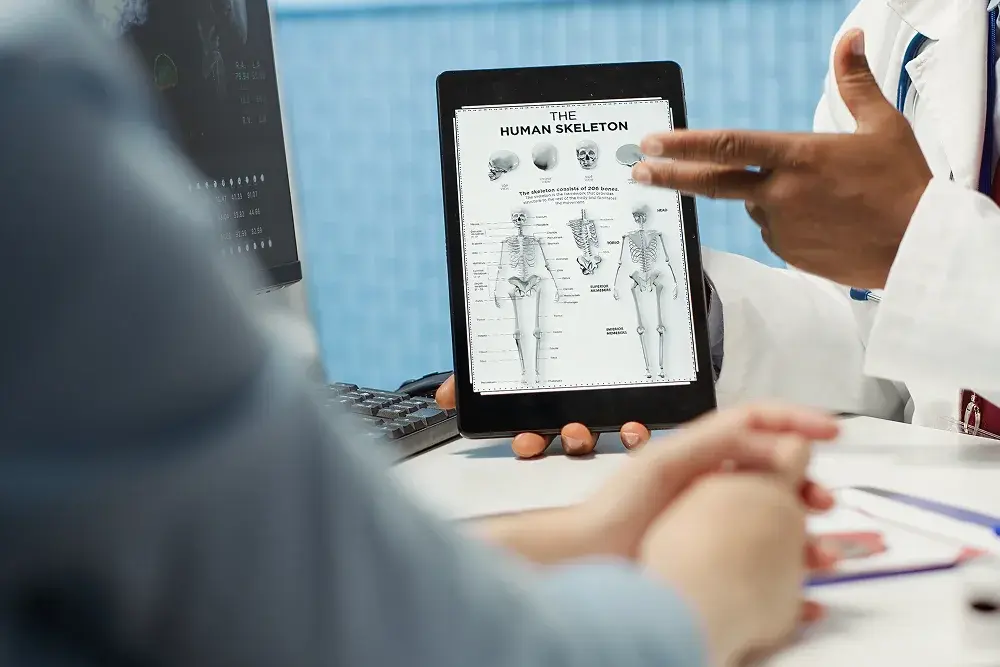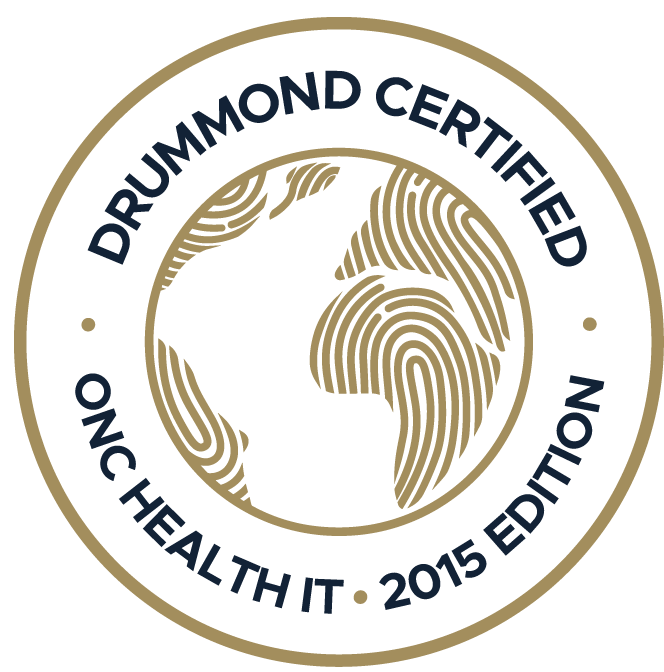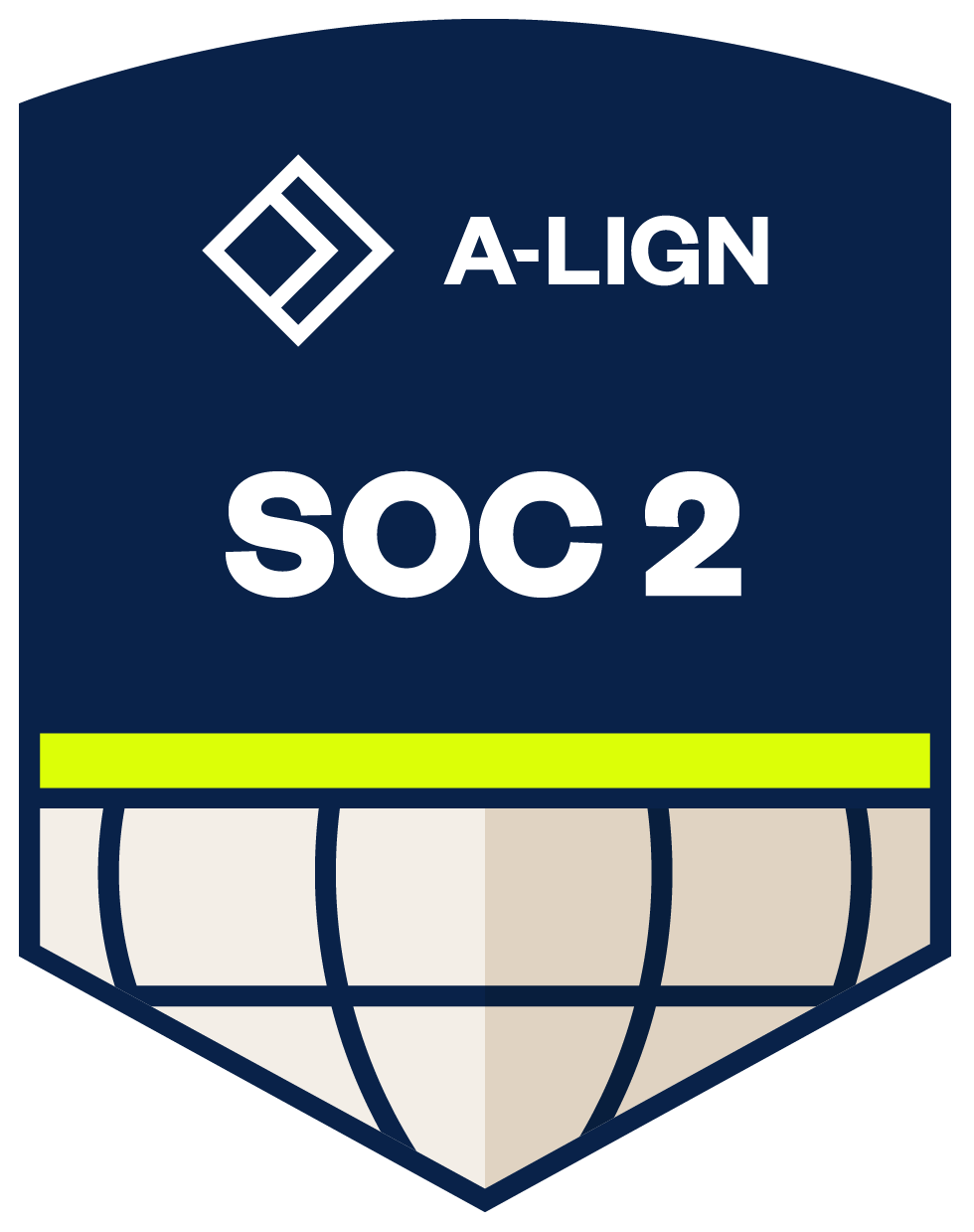Is your practice struggling to overcome operational bottlenecks despite trying everything from hiring extra staff to outsourcing certain tasks? A reliable healthcare practice management software might be the answer...
Modern healthcare isn't short on innovation. It's short on time. Today's physicians spend nearly one-third of their day on administrative tasks, from toggling between systems to manually entering patient data. That's time that could’ve been dedicated to connecting with patients.
According to the research, fragmented health IT systems are one of the reasons for physician burnout, documentation errors, and revenue loss in your medical practice. Yet, the problem is not the technology but the disconnected technology. And that's where EHR integration changes the game!
Integrating EHR isn't just a backend upgrade. It's a strategy for ease of use, smoother workflows, and stronger patient relationships. By uniting clinical, operational, and financial systems into one connected platform, your practice gains a lot more than just efficiency. This blog explores how integrated EHR systems make the day less stressful for a doctor!



Key Takeaways
- Integrating EHR can improve physicians' practice by alleviating administrative workload.
- Modern EHRs have advanced features to automate all of your paperwork.
- From medical charting to claim submission, Practice EHR offers AI-powered solutions.
Why is EHR Integration the Game Changer Your Practice Needs?
Imagine beginning your day with a full schedule. In the middle of a consultation, you find yourself jumping around multiple systems. You could be using one for taking patient notes, one for billing, yet another one for lab results. These constant switches are not only causing you mental fatigue but also taking the precious time you could spend on your patient instead.
Here's when EHR integration comes into play and resolves your issues. Studies have shown that EHR integration can drastically improve your practice by alleviating administrative workload and giving you access to crucial analytics.
Let's explore each benefit of EHR integration individually so you can make an informed decision for your practice!



Five Main Benefits of EHR Integration for Your Practice
EHR integration in medical practices has transformed the way healthcare is delivered in the present times. Here's how integrating EHR can prove to be highly beneficial for your practice!
Benefit #1 — Alleviates Administrative Workload
It’s really frustrating for doctors to open multiple applications right away when they arrive at the clinic. Most are spending valuable minutes logging in and out, copying patient data, and verifying insurance plans.
Well, you don't have to stress yourself anymore! Modern EHRs have advanced features to automate all of your paperwork. Research also shows that integrating EHR with multi-component features can improve physicians' work with less administrative burden.
How Does EHR Integration With Automated Documentation Tools Alleviate Your Administrative Burden?
Modern EHRs like Practice EHR offer tools like:
- AI Scanner — Scan patient documents and populate relevant patient information in the EHR in less than 5 seconds
- AI Scribe — Transcribes the patient-physician communication, provides accurate notes, and suggests ICD/CPT codes
- E-verification — Connects physicians to thousands of payers for quick eligibility and EOB verification
These tools can automate documentation in a busy clinic, thanks to EHR data integration.
Benefit #2 — Instant Access to Patient Records
Have you ever been in a situation where you are attending to a patient and somehow can’t find their lab reports on the system? Then, you end up ringing the bell or waiting for lab results to be faxed. Isn't it diverting your focus from patient care?
EHR data integration in your practice can provide doctors with instant access to patient records since most modern EHRs, like Practice EHR, offer cloud-based storage.
How Does EHR Data Integration Provide Real-Time Access to Patient Records?
EHR data integration comes with patient dashboards that offer:
- A single-screen snapshot of key patient data (vitals, medications, labs) for quick review
- Trend visualization in a flow sheet to follow how parameters change over time (helping detect early issues)
- Alerts and task lists to highlight actions required (e.g., abnormal labs, follow-up)
- Improved clinician efficiency by reducing time digging through multiple screens or paper records
Benefit #3 — Revenue Optimization
Practices that avoid integrating EHRs often struggle with medical billing. Traditional and outdated billing methods cause manual data entry that eventually leads to claim denials.
Research shows that up to 10% of claims are denied on the first submission. Issues like incomplete documentation and medical coding errors become the primary reason for claim denials. But there is a tried and tested solution! Robust RCM tools integrated into EHR can effectively reduce these billing errors and optimize your revenue.
How Does Integrating EHR With RCM Tools Optimize a Practice's Revenue?
Revenue Cycle Management (RCM) is the process of managing the financial operations of a healthcare practice. To optimize a practice’s revenue without adding to the physician burnout, modern EHRs use robust RCM tools, which can automate:
- Eligibility verification
- Claim editing
- Eligibility calls
Benefit #4 — Remote Monitoring
You might have come across a few patients with high blood pressure who use home blood pressure monitors and keep readings in a diary. Have you found it frustrating to call the patient the next day just to transcribe all the data from their notes?
But there is a simpler, more efficient way to receive information from your remote patients!
How Does EHR Integration With Wearable Devices Enhance Remote Monitoring?
Did you know that about 40% of Americans have started to use wearable devices for remote monitoring of their health status? All-in-one AI EHRs, like Practice EHR, support wearable technology to:
- Automatically send the patient's vitals to the physicians
- Identify abnormal trends in patients' reports in a timely manner
- Help physicians make tailored treatment plans based on patient-specific patterns
Benefit #5 Enhanced Security and Compliance
Do you also worry about data breaches or security lapses when it comes to your patient data? Well, your concern is valid. Last year, the healthcare sector accounted for 23% of all data breaches, making it the most breached industry of the year.
How Does EHR Integration Ensure Security Compliance?
Modern EHRs are expected to guarantee patient data safety through rigorous checks and effective steps, such as:
- Role-based access control to make users only access data appropriate for their role
- Data encryption to protect information both at rest and during transmission
- Audit logs to track who accessed or modified data and when
- A central EHR platform that’s designed to comply with regulatory standards (e.g., HIPAA in the U.S.)
Integrate Practice EHR Today and See the Difference!
Integrating an all-in-one AI EHR in their practices can bring enormous benefits for doctors. And the five mentioned benefits (out of many others) in this blog show the transformative power of modern EHRs. Spending on a robust EHR is a one-time investment, which can save you from costly expenditures down the line.
PracticeEHR is one of the most reliable EHRs in the market. It offers a cloud-based, all-in-one solution for your practice. Additionally, from medical charting to claim submission, Practice EHR offers AI solutions to automate the most repetitive tasks in your practice.
Request a free demo today to get your questions about our EHR integration services answered and see Practice EHR in action. It's quick, easy, and fun!
FAQ
Integrating EHR in your practice streamlines your workflow by centralizing your data, reducing repetitive tasks, and optimizing revenue.
Features like patient dashboard, e-prescribing, charting, and scheduling make EHRs physician-friendly.
Robust EHRs use AI-powered tools to reduce manual errors, increasing the chance of claim submission and acceptance.
Topics: Integrated EHR, EHR Solution, Cloud-based EHR, Industry Update, Revenue Cycle Management, Medical Billing, RCM, EHR Features, AI-powered Medical Billing, Best EHR Software, EHR Integration
RECENT POSTS


TOPICS
- EHR Solution (191)
- EHR (124)
- digital age (117)
- Patient Care (116)
- Medical Billing (110)
- Specialty-Specific EHR (110)
- Industry Update (97)
- Technology in Healthcare (84)
- EHR Features (79)
- Small Practice (77)
- Medical billing services (72)
- HIPAA Security (62)
- Integrated EHR (62)
- RCM (62)
- New Technology (44)
- Cloud-based EHR (43)
- Telemedicine (42)
- Healthcare Office Management (40)
- Practice EHR News (38)
- Kiosk (31)
- Revenue Cycle Management (28)
- AI Solutions (23)
- ePrescribing (21)
- AI Scribing (16)
- Best EHR Software (16)
- EMR (12)
- Practice Management Software (12)
- AI-powered Medical Billing (10)
- Client Favorites (10)
- Practice Automation (10)
- TeleVisit (10)
- The ONE (10)
- AI EHR (9)
- Switching to New EHR (9)
- MACRA/MIPS (8)
- Patient Portal (8)
- Urgent Care (8)
- AI Scribe (7)
- Best EHR Practice (7)
- EHR Integration (7)
- Psychiatry EHR (7)
- E-Prescribing (6)
- Product Updates (6)
- events (6)
- AI scanning (5)
- MIPS (5)
- Automated Health Tools (4)
- HIPAA (4)
- Insider (4)
- Internal Medicine EHR (4)
- MIPS Reporting (4)
- Mobile EHR (4)
- Orthopedics EHR (4)
- Podiatry (4)
- Podiatry EHR (4)
- Telehealth Platform (4)
- Chiropractic EHR (3)
- Digital Experiences (3)
- EHR Flaws (3)
- EHR Implementation (3)
- EHR for Chiropractors (3)
- EHR for Small Practices (3)
- Family Medicine EHR (3)
- Integrated Practice Management (3)
- Medical Practice Management Software (3)
- Patient Check-in Kiosk (3)
- PracticeEHR GO App (3)
- Regulatory Updates (3)
- Telehealth Platforms (3)
- Clearinghouse (2)
- Dermatology EHR (2)
- EHR Scheduling (2)
- Eligibility Verification in Medical Billing (2)
- Foot and Ankle Care (2)
- Foot and Ankle EHR (2)
- Health records 101 (2)
- Medical Coding Services (2)
- Medical Credentialing (2)
- Multilingual AI Scribe (2)
- Quality of Patient Care (2)
- Reporting Under MIPS (2)
- Risk and Liability in Medical Settings (2)
- What Works Clearinghouse (2)
- AI Scan (1)
- Bariatric EHR (1)
- Behavioral Health Practices (1)
- Billing Communication (1)
- Billing for Private Practices (1)
- Cardiology EHR (1)
- Cash Flow (1)
- Cashless Payments (1)
- Charting (1)
- Data Security (1)
- Dos and Don'ts (1)
- EHR Guides (1)
- EHR KPIs (1)
- EHR Questions to Ask (1)
- EHR Transition (1)
- EHR for Chronic Illness (1)
- EMR vs EHR Difference (1)
- ENT EHR (1)
- Endocrinology EHR (1)
- Family Medicine (1)
- Gastroenterology (1)
- Gastroenterology EHR (1)
- General Surgery EHR (1)
- Geriatric AI scribe (1)
- Geriatrics EHR (1)
- Guides (1)
- Healthcare Compliance Certification (1)
- Healthcare Practice Office Management (1)
- Help Center Videos (1)
- Insurance Reimbursement (1)
- KPI (1)
- Key Performance Indicators (1)
- Lab Processing (1)
- MACRA (1)
- Medical Billing Partner (1)
- Nephrology EHR (1)
- Neurology EHR (1)
- Pain Management EHR (1)
- Pediatrics EHR (1)
- Physical Therapy EHR (1)
- Practice Cash Flow (1)
- Practice Efficiency (1)
- Pulmonology EHR (1)
- Reconsider Your EHR (1)
- Simplify Practice Management (1)
- Staffing in Healthcare (1)
- Switch Medical Billing Providers (1)
- Urgent Care Medical Billing (1)
- Urology EHR (1)
- Voice-Activated AI Scribe (1)
- insurance claim denials (1)












